Ball mill steel ball specifications
Ball mill steel balls are critical components in the grinding process of various materials in industries such as mining, cement, and chemical processing. These steel balls are designed to efficiently grind materials into fine powders by impacting and grinding the material within the rotating mill. The specifications of ball mill steel balls are crucial to ensure optimal performance, durability, and cost-effectiveness in grinding operations.Material Composition The primary material used for manufacturing ball mill steel balls is high-quality alloy steel. The composition typically includes elements such as carbon, manganese, chromium, and molybdenum. These elements enhance the hardness, wear resistance, and toughness of the steel balls, ensuring they can withstand the harsh conditions of grinding operations. The carbon content is carefully controlled to balance hardness and brittleness, while chromium and manganese improve corrosion resistance and durability.Hardness and Wear Resistance Hardness is a critical specification for ball mill steel balls, as it directly impacts their grinding efficiency and lifespan. The hardness is usually measured on the Rockwell scale (HRC) and typically ranges between 58 and 65 HRC. High hardness ensures that the balls can effectively crush and grind materials without excessive wear. Additionally, wear resistance is essential to minimize the loss of material from the balls during operation, reducing the need for frequent replacements and maintenance.Size and Diameter Ball mill steel balls are available in a range of sizes, typically measured in millimeters. Common diameters range from 15 mm to 125 mm, depending on the specific application and the size of the ball mill. Smaller balls are used for fine grinding, while larger balls are suitable for coarse grinding. The size distribution of the balls within the mill is also important, as it affects the grinding efficiency and the fineness of the final product.Surface Quality and Tolerance The surface of ball mill steel balls must be smooth and free from defects such as cracks, pits, or unevenness. High surface quality reduces friction and wear during operation, improving the overall efficiency of the grinding process. Additionally, the dimensional tolerance of the balls must be precise to ensure uniform grinding and prevent imbalances in the mill.Impact Toughness Impact toughness is a measure of the steel balls' ability to absorb energy without fracturing. This property is particularly important in grinding operations where the balls are subjected to repeated impacts and collisions. High impact toughness ensures that the balls can withstand the mechanical stresses of grinding without breaking, reducing the risk of contamination and downtime.Heat Treatment Heat treatment is a crucial step in the manufacturing process of ball mill steel balls. It involves processes such as quenching and tempering to enhance the hardness, toughness, and wear resistance of the balls. Proper heat treatment ensures that the balls achieve the desired mechanical properties and perform reliably in demanding grinding environments.In conclusion, the specifications of ball mill steel balls, including material composition, hardness, size, surface quality, impact toughness, and heat treatment, are essential for achieving efficient and durable grinding performance. These factors must be carefully considered to optimize the grinding process and minimize operational costs.
Products
Category:
No search results found!
News
Category:
-
[Industry News]On The Misunderstanding Of Judging The Quality Of Ball Mill...
2025-08-05 09:22:36
Case
Category:
No search results found!
Video
Category:
No search results found!
Download
Category:
No search results found!
Job
Category:
No search results found!
Featured Products
No search results found!


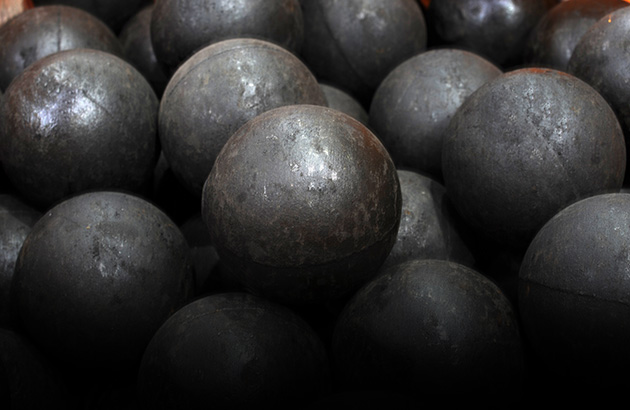
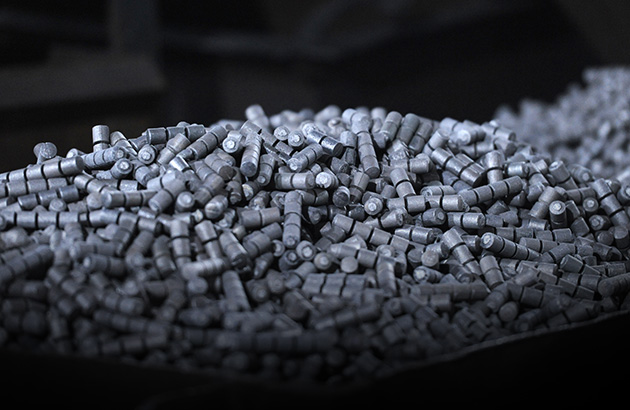
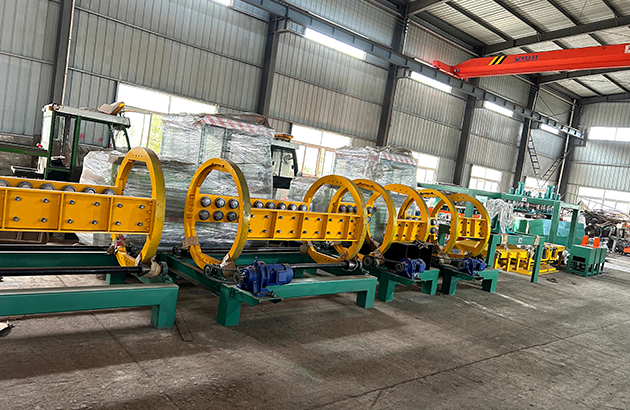

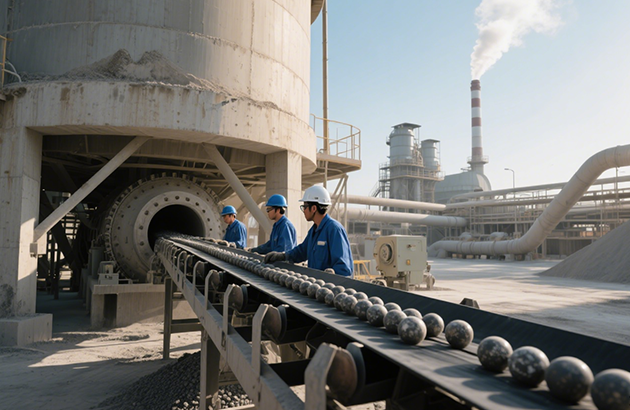
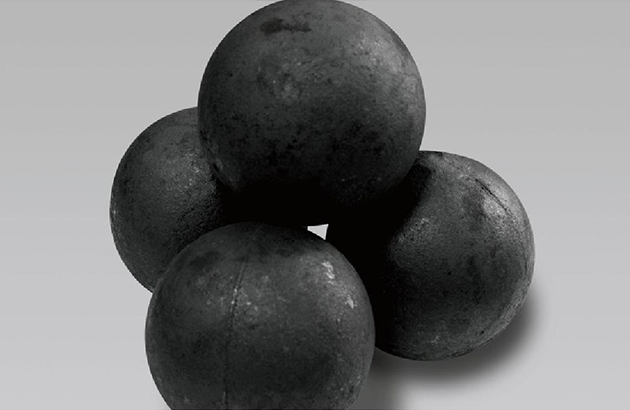
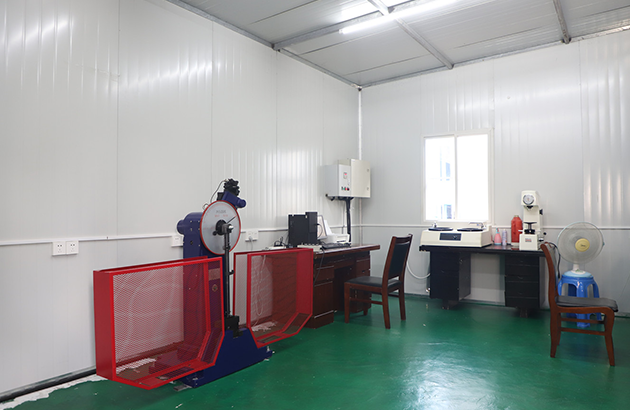
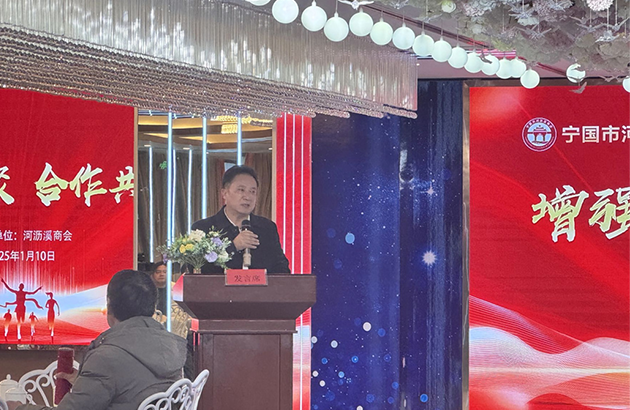
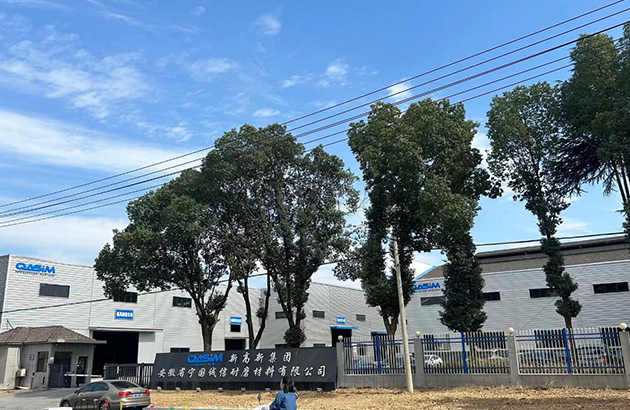







 Phone
Phone